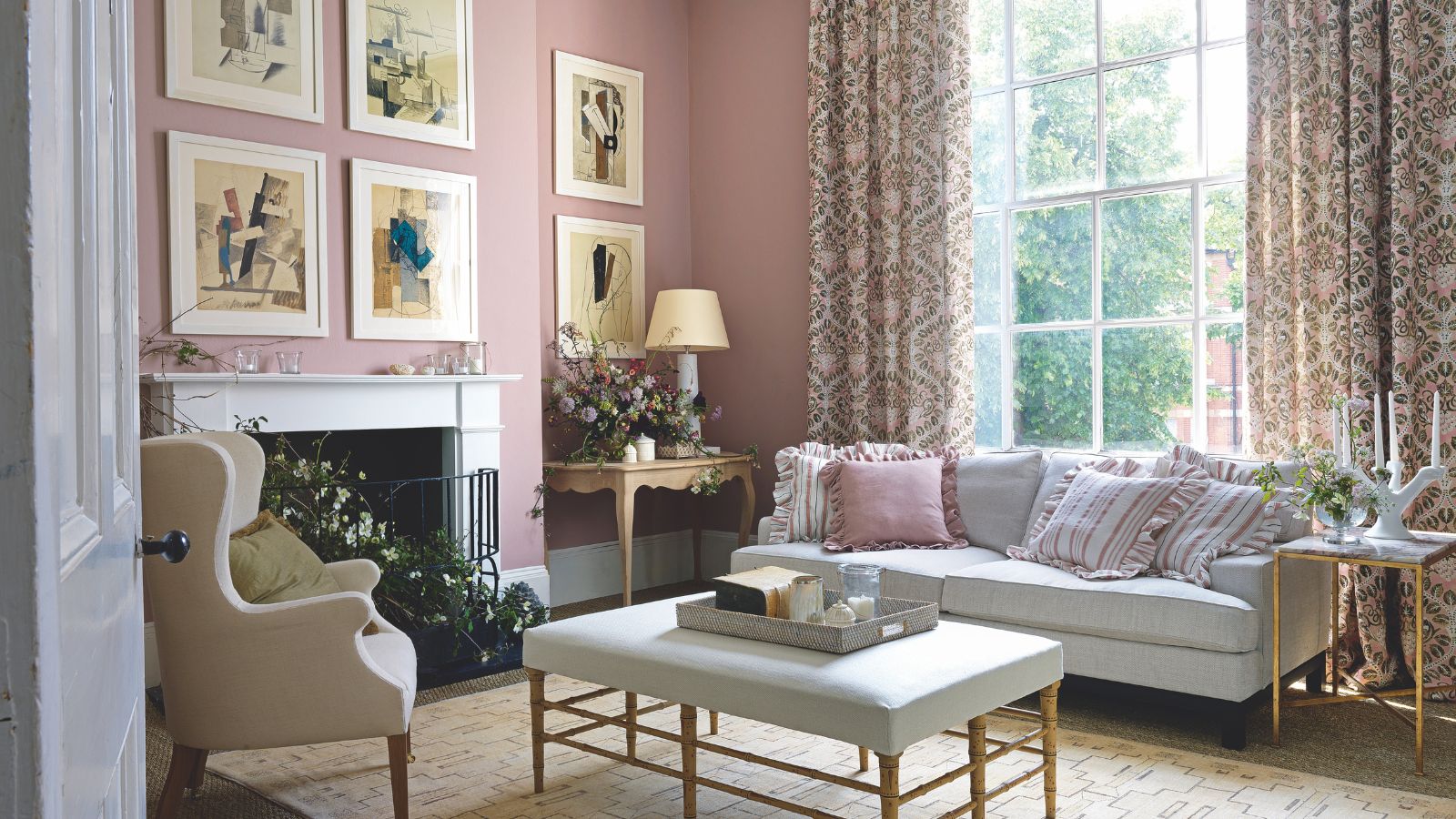
Clutter builds quietly – and before you know it, your home can start to feel more chaotic than calm.
That’s why expert home organizers rely on tried-and-true professional strategies that make it easier to let go of the excess and create spaces that actually function.
From having a 'purgatory place' to using the 'can't see, won't wear principle', here are six smart decluttering tips experts turn to again in clients home for streamlining success.
1. Have a 'purgatory place'
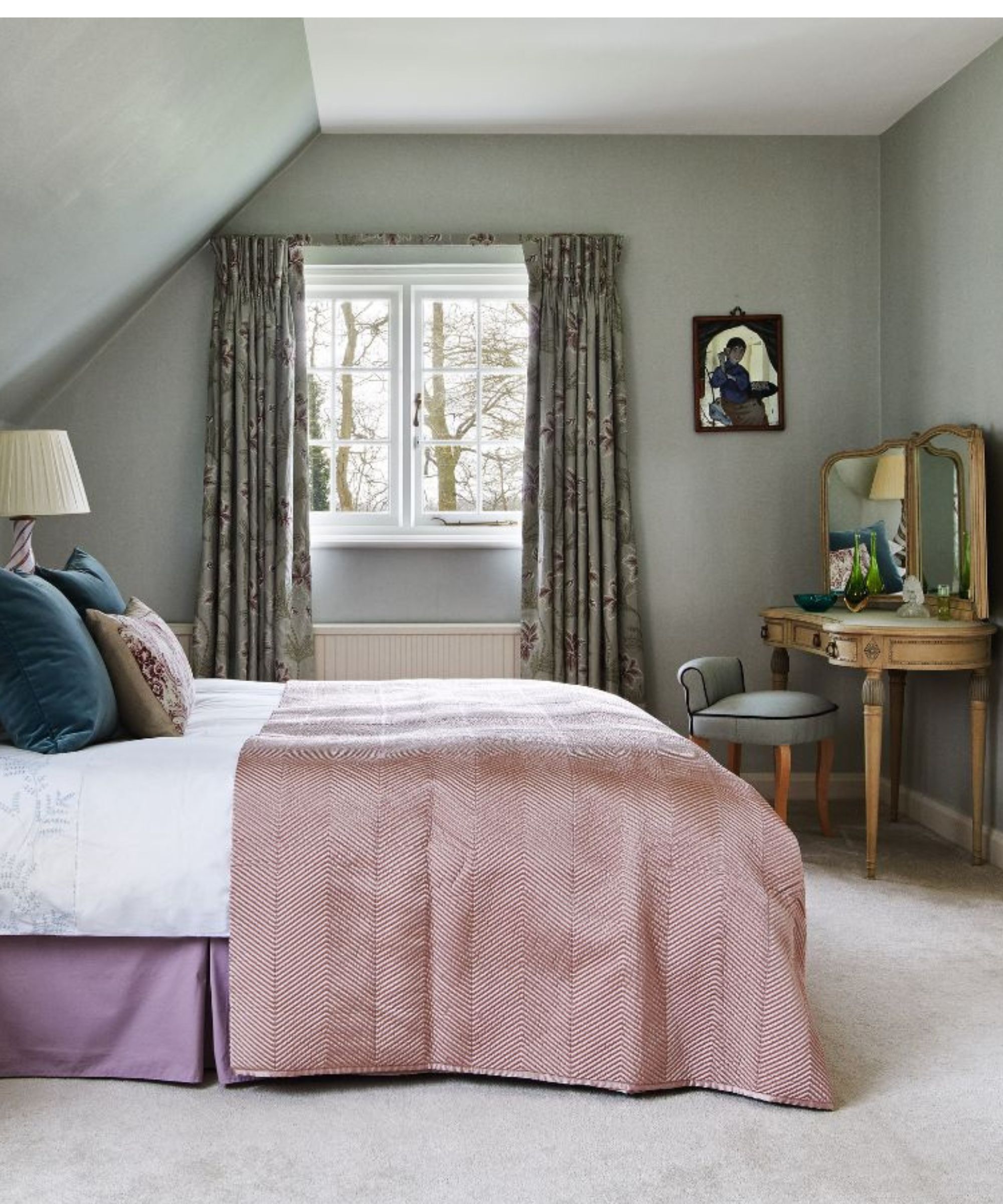
If you’re not sure whether to keep or toss something, don’t decide on the spot – instead, assign it a temporary home.
Francesca Verri, owner of Verri Organized, says, 'When you declutter, you'll inevitably run into items that you aren’t sure you need. This ambiguity can leave you spinning your wheels and distract you from doing the work at hand. When something gives you pause or pulls your attention for too long, put it in a 'purgatory place' and move on.
'To do this, simply label a box with date of your purge and fill it with those items slowing you down. Store it out of sight – in the basement, garage, or top shelf of a closet – then set a calendar reminder for three months ahead to follow up.
'Sometimes you need more time to know if need a particular item. Giving yourself this time helps you more clearly see if something is still liked, and needed. And most importantly, it doesn't allow those items to grind your decluttering efforts to a halt.'
Verri recommends this 20-pack of Supplyhut Medium Cardboard Moving Boxes from Amazon, adding, 'They aren’t too big, have handles for moving easily, and plenty of room for you to document what’s inside.'
2. Start with 'invisible clutter'
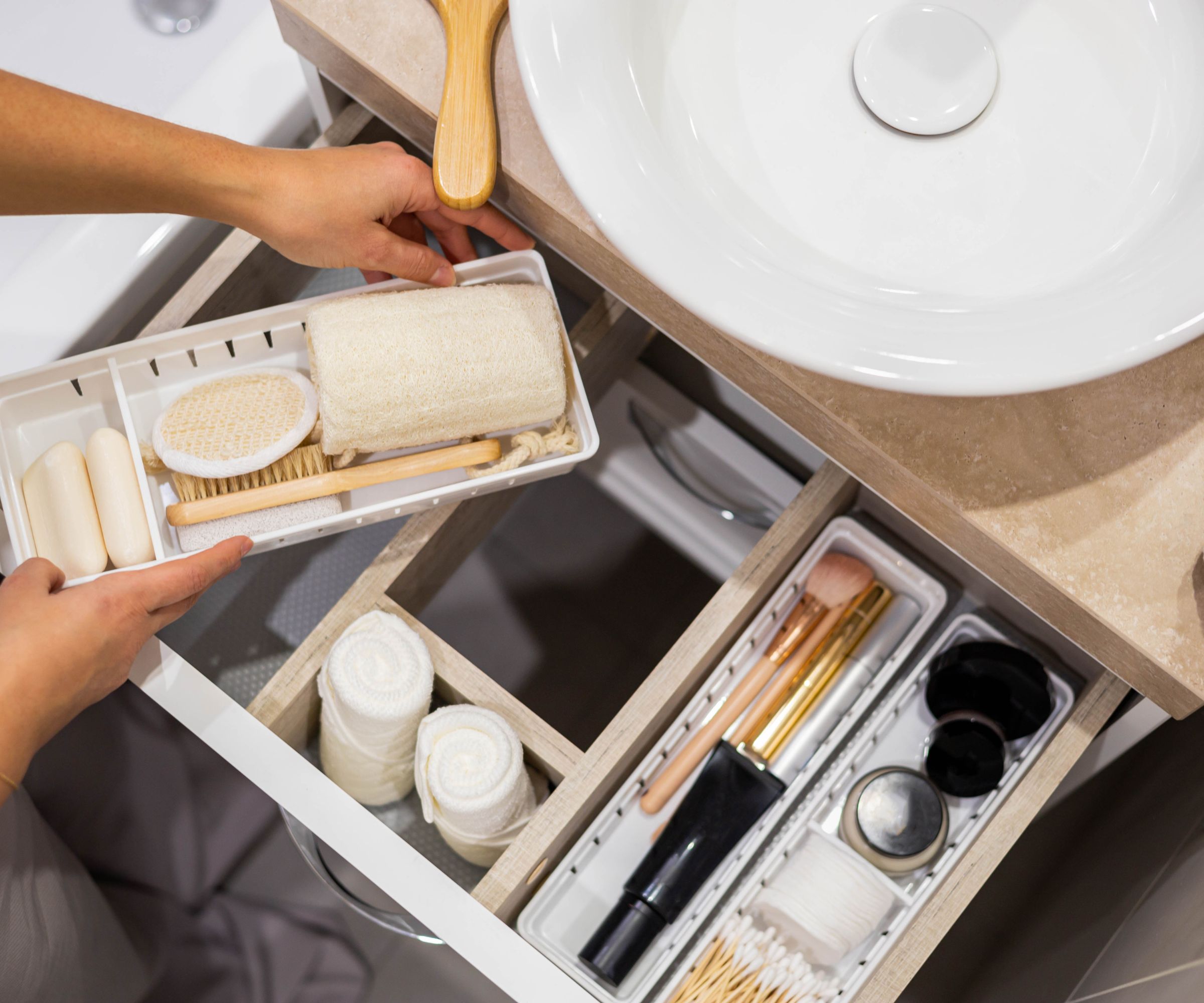
Decluttering doesn’t have to start with what’s in plain sight – the reason clutter keeps creeping back into your home might just be invisible. That's why professionals often recommend beginning with hidden clutter – the stuff tucked inside drawers, cupboards, or under beds.
Karina Toner, operations manager at Spekless Cleaning, says, 'Tackling clutter that’s out of sight – like in junk drawers, cabinets, or under sinks – gives you a quick win, building momentum and freeing up hidden storage space.
'Simply set a timer for 20 minutes and focus on one contained area, tossing expired products, duplicate items, or anything you forgot you owned. A good rule: if you haven’t used it in a year, it’s likely safe to let go.'
Drawers crammed with mismatched items make it hard to find anything, and the overflowing clutter instantly makes a room look really messy. Verri recommends these Everything Organizer Clear Drawer Organizers, available from The Container Store, adding, 'The beauty of this method is that instead of looking at an entire room and feeling weary from the weight of it, you get started!'
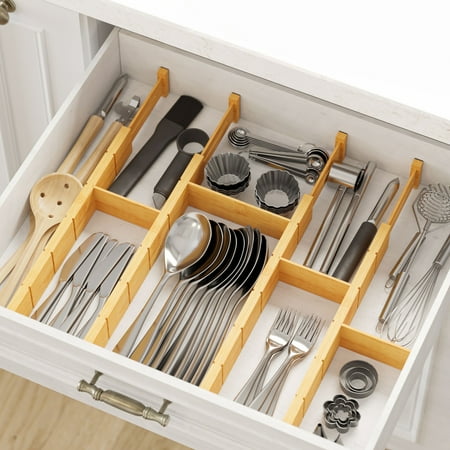
These expandable drawer dividers make contents easier to navigate so nothing gets lost at the bottom or back. One set is enough to neatly organize two drawers. Though they fit most standard drawers, check the minimum and maximum dimensions to make sure they work for your space.
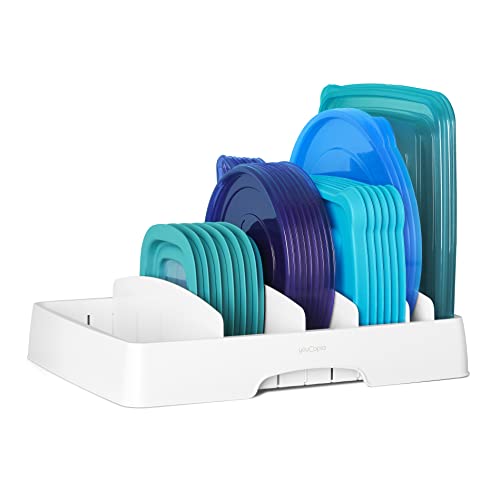
Home cleaning and organization pro Karina Toner recommends this flexible storage solution for container lids. She says, 'This is perfect for streamlining kitchen cabinet clutter, especially for lids and other loose items that tend to pile up. It’s adjustable and creates instant order.'
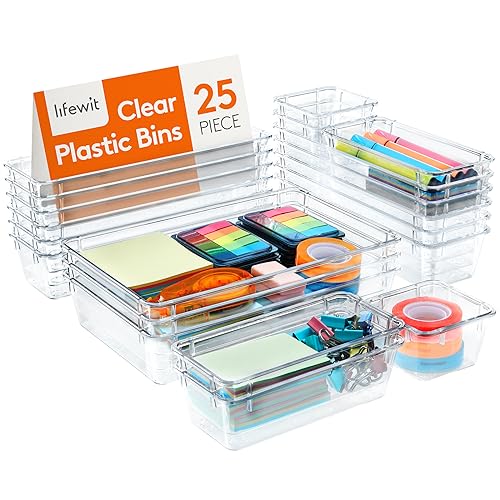
This versatile, 25-piece storage set of clear containers is easy to clean and makes customizing your organization easy. The set contains bins of various sizes so you can match neatly with your drawer space and types of belongings. They're also easy to clean with a gentle wipe or quick water rinse.
3. Ask these six key questions

When you’re on the fence about an item, asking the right questions can provide clarity. Organizers often use a core set that helps cut to the chase.
Professional organizer Amélie Saint-Jacques, founder of Amelie Organizes, says, 'Whenever you find yourself hesitating on whether or not to discard an object, I always recommend asking six key questions. For the first three – Do I love this item? Do I use this item? Is this something I would buy again today? – if the answer is 'no', it's clearly something to let go.
'For the final three, an answer of 'yes' is further confirmation it's time to part ways: Do negative feelings come up when I look at it or handle it? Is this something I could borrow or rent again if I needed it? Does the 20/20 rule apply? This means if needed, could I easily replace it in 20 minutes or for $20? Your answers to these simple questions will give you a strong idea about whether or not it may be time to let an item go.'
Saint-Jacques recommends using Hefty Strong 30-Gallon Trash Bags from Amazon, plus these Amazon Basics Storage Boxes.
4. Use the 'dust detective method'
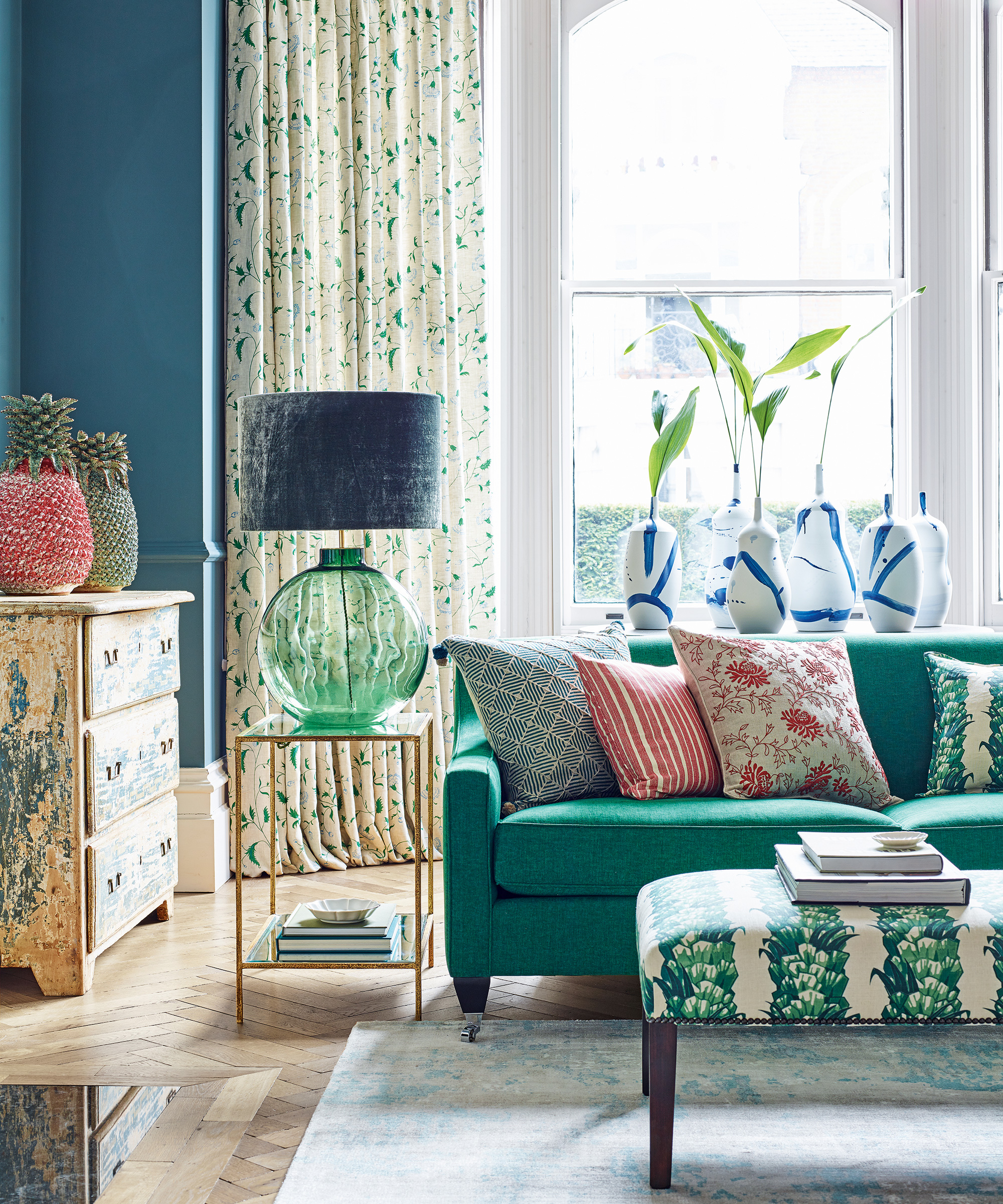
One of the simplest clues an item’s not pulling its weight? Dust. If something’s sitting out or in storage and gathering layers, it likely isn’t being used.
Professional organizer Marie Potter, founder of Marie Potter Organizing Solutions, says, 'If an item in your home is layered with dust, that's a red flag. It needs to be donated, sold, recycled or tossed – either that, or you need to seriously up your dusting game!
'When you find something covered in dust, ask yourself, 'Do I truly need this, or is it just taking up space?' Dust is physical evidence of disuse. It's a non-emotional cue to help cut through sentimental attachments or indecision.'
Potter recommends the MR.SIGA Lint Free Microfiber Duster, available from Amazon, adding, 'Reusable, non-toxic, and made with a bamboo handle with hook, this duster is easy on your home and environment.'
Dust can act as a low-effort honesty tool – if it’s coated, it’s probably not essential.
5. Try the 'container method'

Professional organizers often assign a container to each category of items – from scarves to toys. Once the container is full, that’s your limit.
Toner says, 'This is a pro organizer go-to because it gives a physical boundary to how much you can keep, preventing overflow and forcing thoughtful decision-making.
'Simply assign a bin, box, or drawer to each category (such as scarves, tech cables or snacks). You can keep what fits – but once it’s full, something has to go before anything new comes in.'
Toner recommends mDesign Plastic Storage Bins with Handles from Amazon, adding, 'These are great for enforcing 'space boundaries'. They're clear so you can see what’s inside, stackable, and work in any room from pantry to bathroom.'
6. Use the 'can't see, won't wear' principle
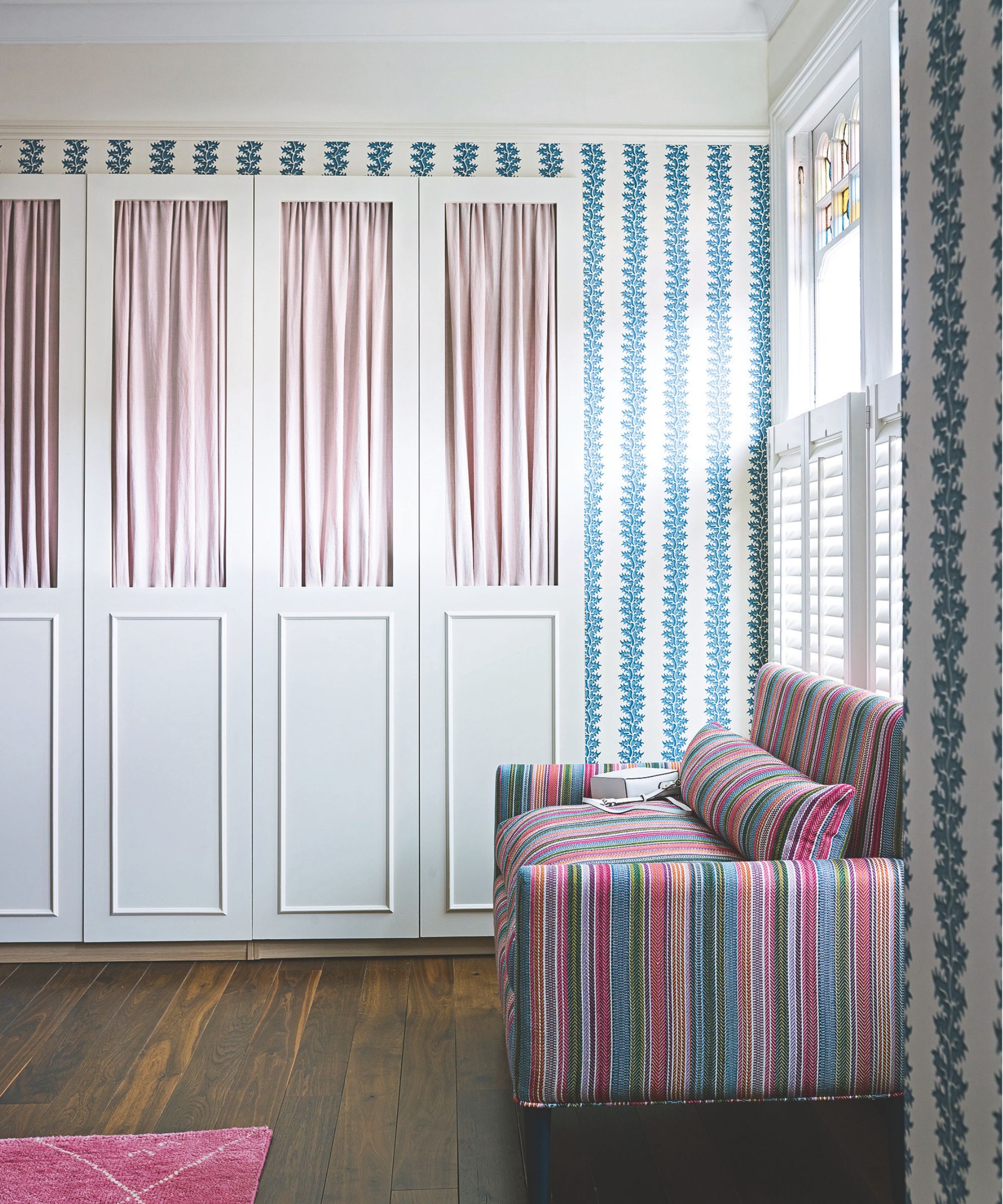
In wardrobes, out of sight almost always means out of mind. If your clothes are buried at the back of your closet, they’re less likely to be worn.
Professional stylist and wardrobe curator Cynthia Kennedy says, 'Out of sight really is out of mind – and most of us have way more great pieces hiding than we think. If your belts are tangled in a box or your favorite clutches are shoved in the back of a shelf, chances are you’re not using them.
'Instead, use shelf dividers to separate stacked sweaters or bags, hang your belts or necklaces where you can see them, and roll up your scarves into shallow bins or drawers. It can be fun to make your closet like your own mini boutique.'
Our Head of Solved's fool-proof 'air folding' method is another handy way to ensure your garments and visible and easily to hand.
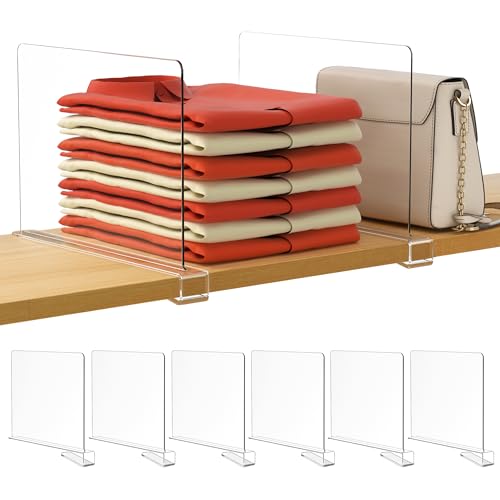
Professional wardrobe curator Cynthia Kennedy loves these closet dividers, which come in a pack of six. She says, 'These instantly make your closet look cleaner and more intentional. I love using them to separate stacks of jeans, bags, or sweaters. They make a big difference without taking up space.'
Meet the experts
FAQs
What can I do about my messy cords and cables?
Messy cords not only look untidy but can also pose a safety hazard. How to organize cables begins with using cable organizers for a cleaner, more functional setup.
Toner says, 'Cable organizers or boxes can keep cords neatly bundled and out of sight, reducing stress and keeping your space sleek. These XHF Adhesive Cord Clips from Amazon secure wires along baseboards or behind furniture, keeping them off the floor. I'd also recommend keeping cables out of sight with a cord management box like this D-Line Cable Management Box from Amazon.'
She adds, 'Label each cord near its plug to make future adjustments or troubleshooting easier.'
So there you have it – six ways professional organizers edit down belongings to effortlessly remove clutter, and how you can do it too.
Decluttering doesn’t have to feel overwhelming. By using simple, practical strategies from the pros, you can make confident decisions about what stays – and what goes – creating a calmer, more functional home with ease.
Next, learn how to organize any space in six steps for maximum functionality.







